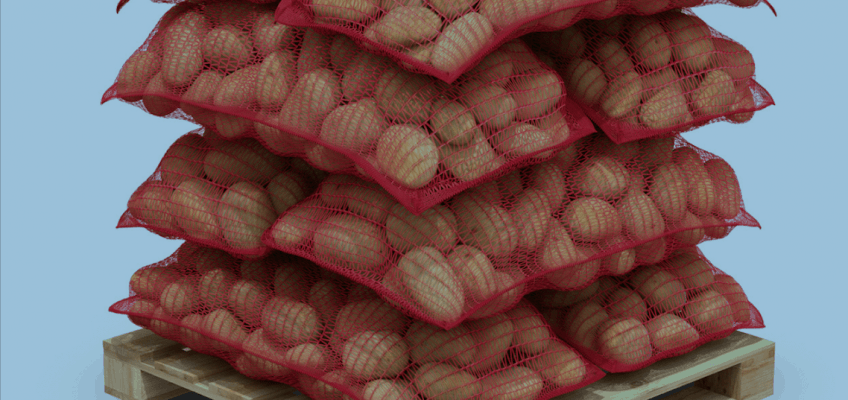The following is the abstract of a report by Massey University Bachelor of Food Technology Honours student Eileen Han Huiting
ABSTRACT
Many researches have been carried out to investigate the use of feedstocks such as corn, cassava waste and whey to produce ethanol. The ethanol produced can be used as a source of renewable energy.
According to Potatoes NZ, an estimated amount of 100,000 T of potato waste is discarded by the potato industry each year. Like the feedstocks mentioned above, potato peel waste (PPW) contains useful chemical components which can be converted to ethanol. Hence this project is a feasibility study in converting the starch in potato peel waste to ethanol.
The first step in producing ethanol from PPW is the conversion of starch into reducing sugars that can be fermented into ethanol. Two starch hydrolysis methods, acidic and enzymatic, were compared in terms of feasibility and reducing sugar yield. Both hydrolysis methods produced similar results but acid hydrolysis was favoured as this is cheaper and faster than enzymatic hydrolysis.
Ethanol was produced from the reducing sugars following acid hydrolysis of the PPW. The highest ethanol yield (34.4%) was obtained from PPW sample processed at the fermentation temperature of 20°C, 20g glucose and 0.5g Distiller’s yeast. Fermentation efficiency is defined as the ability of yeasts to metabolise sugars during fermentation and the highest fermentation efficiency (64.9%) was obtained from sample processed at the fermentation temperature of 30°C, 20g glucose and 0.9g Distiller’s yeast.
In conclusion, acidic hydrolysis and fermentation is able to convert the starch in PPW into ethanol. This is a potential useful method to produce a useful product from PPW. Optimising for an industrial scale and economic feasibility studies are required.



